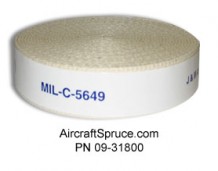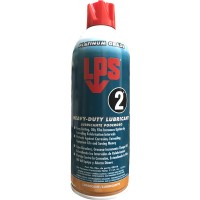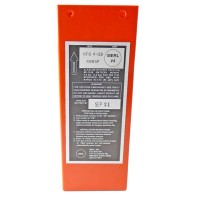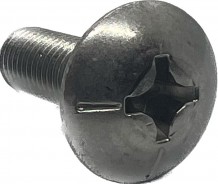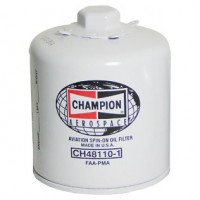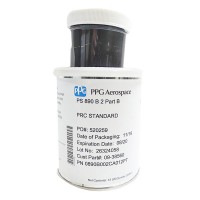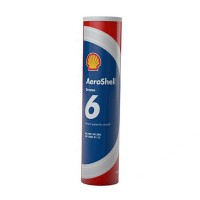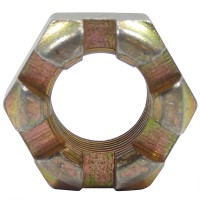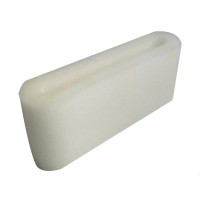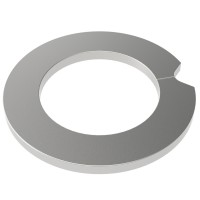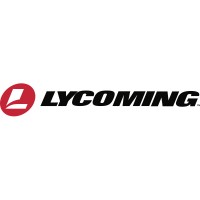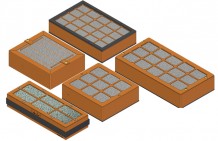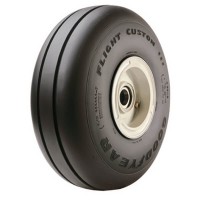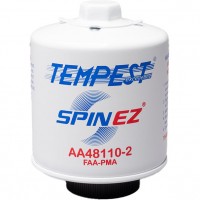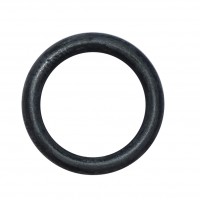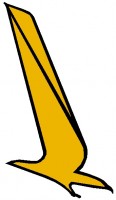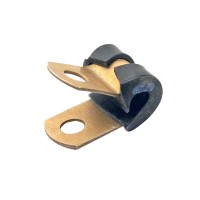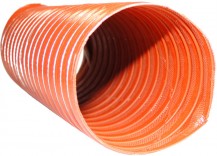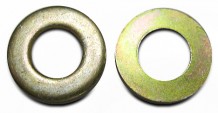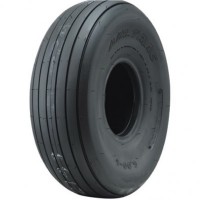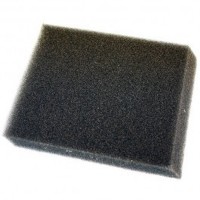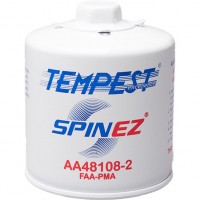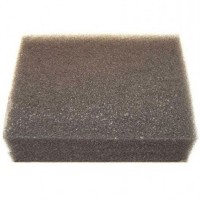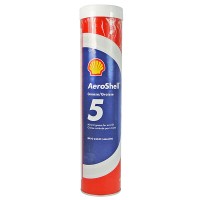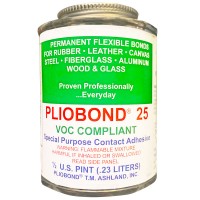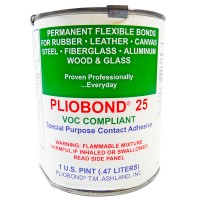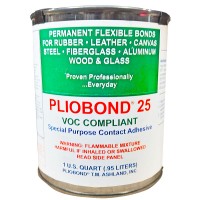Pliobond Pint #PC220
MFR Model# PC-220
- JUMP TO
- Overview
- Documents
- Reviews
- Q&A
- View in Catalog
Overview
|
Pliobond #20 is a viscous, quick setting highly versatile adhesive. Bonds metal; wood, plastics, fabrics; ceramics, glass, vulcanized rubber, paper, leather and concrete. Thin with MEK. Available in 1/2 pint, pint, and quart sized.
Attention: Volatile Organic Compounds (VOCs) Government Regulations: Product cannot be purchased, sold or used in the states listed below. CA, CT, DC, DE, IL, IN, ME, MD, MA, MI, NH, NJ, NY, OH, PA, RI, VA For use within the state of California see Alternate Items Tab |
WARNING: Cancer and Reproductive Harm - www.P65Warnings.ca.gov. |
Reviews
Easy to work with, adheres with a fuel-proof bond. The anti-chafe around the cowling had worn through. The Pliobond made the job into something simple - an hour, and that included carefully taping the workbench and surfaces. The old glue came away with a razor blade, after which I cleaned it again with alcohol. The Pliobond can comes with an applicator, and apart from the stink it seems like working with rubber cement. The can lists 3 paths to a permanent seal. I chose to apply to both sides, let it dry, then wipe one side with solvent, press and hold. In my case I had some Butysolve Rejuvenator on hand and used that as the solvent. You could also use MEK or lacquer thinner. My planned task was bonding canvas to metal. It worked so well I then used Pliobond for anti-chafe plastic strips on metal gear leg covers - another easy, clean and tight bond. I decided I like Pliobond, so now Ill use it for the door and window seals on my Cozy.
Pliobond 20 has been my go-to adhesive for high-stress flexible bonds for many years. It was the standard professional glue of choice for permanently joining neoprene foam grips to big game fishing rod blanks meant for giant tuna, marlin, etc., when I worked as a deckhand on top sportfishing vessels in So. CA in the 70s, and remains an outstanding performer in that application. Ive never experienced a failure, or heard of one in more than 40 years when used correctly. Easy to follow directions are printed on the can. It must be thoroughly stirred to homogenize the solids which settle in the bottom of the can with the liquid portion. Dont use a plastic spoon, as the MEK is a powerful (and toxic- wear an organic vapor-cartridge mask and work outdoors, preferably) solvent, which actually dissolves many plastics. A wooden paint-stirrer / popsicle stick works well: scrape off excess on inside of can lip, and twirl like honey to manage stringing.
Would have been helpful to have a booklet of how to use the product and types of applicators.
This stuff is really sticky and works well to bond rubber channel to metal. Be careful is using near a fan as the glue is stringy, like cheese and a fan can/will blow it where you dont want it.
Worked as stated.
Exactly what I wanted and could not get from you last year as the Timidity Tyrants had had a temporary victory over common sense and the free market. It was either or both, consumer protection or planet protection. Reasonable people believe in conservation. In economics the Law of Diminishing Returns teaches, and best understood in aviation as being Behind the Power Curve, wastes more than it saves and achieves nothing! Except falling out of the sky, of course. The new religion of environmentalism is like this salvation of precious planet earth is not their real goal of course. Were that true they would support the most efficient means of keeping people fed, housed, clothed and able to transport ideas, things and themselves about the world under a regime of limited government and maximum efficient manner. It has been proven that top-down economics, socialism, does not work, it destroys productivity and reduces people to sniveling slavery. With no ownership there is no incentive to conserve. The opposite is true also, with no incentive to clean up their own messes, passing the cost to others, the planet got rather dirty in places. The health and clean up costs were too much, so rules were set in place. In the free world we cleaned up 80-90%. Not so much in the totalitarian states environmentalists proclaim their love for, like China. Chasing the last 10% wastes resources, making things dirtier. Keep aviation ahead of the power curve by continuing to sell us what we need. We will be responsible for its safe use.
Some years back, I needed an adhesive to attach cloth-backed vinyl fabric to wood. I needed an adhesive that would allow initial minor fit adjustment but one that would cure to prevent shear. I had tried several adhesives without success when I found a suggestion for Pliobond 20. When I read that it was sometimes used in aircraft construction, I decided to give it a try, and it worked really well. Since that time, I have found many other uses for Pliobond 20 when a strong contact adhesive is needed. Its good to find a new source, too, as I was about to run out again.
Q&A
Please note, Aircraft Spruce ®'s personnel are not certified aircraft mechanics and can only provide general support and ideas, which should not be relied upon or implemented in lieu of consulting an A&P or other qualified technician. Aircraft Spruce ® assumes no responsibility or liability for any issue or problem which may arise from any repair, modification or other work done from this knowledge base. Any product eligibility information provided here is based on general application guides and we recommend always referring to your specific aircraft parts manual, the parts manufacturer or consulting with a qualified mechanic.
This Pliobond (part number 09-28100) is manufactured by a new company, however it was developed by Goodyear over 30 years ago.
Per the supplier: The only difference is the solvent. Pliobond 20 contains Methyl Ethyl Ketone. Pliobond 25LV is the low VOC version and it contains Acetone. Pliobond 20 cannot be sold to or used in certain states due to the EPA regulations regarding VOC content. Pliobond 25LV can be sold and used in all states.
Temp Range: 40 degrees F to 100 degrees F.
12 month shelf life.
Batch number on the bottom of the can allows customers to figure the manufacture date of the product:
1. First numbers give the year
2.Second set of letters give the month a=jan b=feb ect...
3. Third set of numbers is the day of manufacture
4. All other numbers are internal numbers.
That application is not specifically listed but it will work with most fabrics.
It will adhere but may damage the topcoat.
This cannot be sprayed.


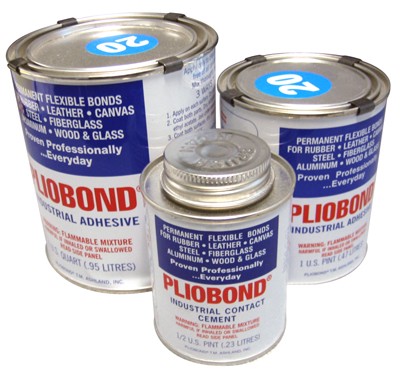





 FREE Shipping
FREE Shipping
